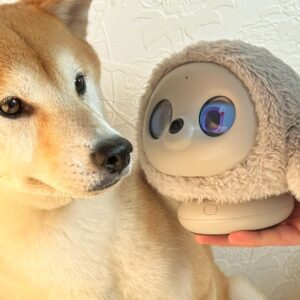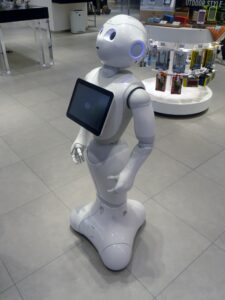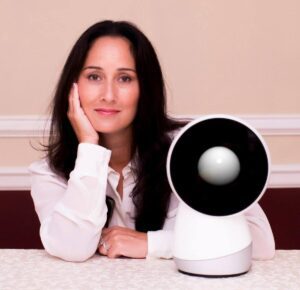Physical Address
Gujarat, India
Physical Address
Gujarat, India
Touch sensors in robotics detect physical contact or pressure applied to a surface. When the robot’s skin or surface is touched, the sensor responds by sending a signal to the robot, allowing it to recognize interactions, like being tapped or pressed. These sensors enable robots to perform tasks such as object manipulation, safety triggers, and human-robot interaction.

In the bustling innovation hub of CES 2025, one announcement stole the spotlight: Jennie, the robot dog. Developed by TomBot—a company founded in 2017 by Tom Stevens—Jennie is not just any robotic companion. She’s a social robot, designed to transform lives, particularly for seniors facing cognitive and mental health challenges.

ROPET, an emotional AI powered social robot (or a pet robot) by the company that goes with the same name, was unveiled recently at CES 2025. ROPET is an emotional robot that can laugh, get sad, shy, angry or happy and interact with you in various cute ways. All it needs is a little warmth and love.

Pepper by SoftBank Robotics is a humanoid robot designed for natural human interaction. Widely used in industries like retail, hospitality, and healthcare, Pepper recognizes emotions, understands speech, and offers customizable applications for diverse needs. Discover how Pepper is revolutionizing customer engagement and education worldwide.

JIBO was a pioneering social robot designed to engage with humans through speech recognition, facial recognition, and natural interactions. Though discontinued in 2018, it remains a key example of early efforts to integrate robots into daily life as companions and assistants.

QTrobot, the interactive humanoid companion, is transforming therapy and education with its engaging expressions and responsive technology. Designed to connect and inspire, it’s your smart partner for unlocking potential!

Sony’s Aibo is an advanced robotic dog designed to combine artificial intelligence, emotional connection, and interactive companionship. It is equipped with AI-powered features such as facial recognition, voice command responsiveness, and adaptive learning.